Do you have a question about the ZyXEL Communications PLA6457 and is the answer not in the manual?
Introduces main applications and features of the Zyxel G.hn Powerline adapter.
Describes the lights (LEDs) on the PLA and their meanings for status indication.
Explains how to set the PLA to save power when there is no Ethernet connection or activity.
Describes how to extend the network by plugging in additional PLAs into other outlets.
Discusses the importance of setting up security on your PLA for your G.hn Network to prevent unauthorized access.
Explains how multiple G.hn Networks can coexist on a single electrical circuit by using different domain names.
Explains the function and usage of the RESET and ENCRYPT buttons on the PLA for network management and resets.
Explains how to reset the PLA to factory defaults and unpair it from a network using the RESET button.
Guides the user on how to use the Web Configurator for PLA setup, management, and security.
Provides instructions on how to log into the Web Configurator using the default password to manage the PLA.
Explains how to configure basic G.hn settings for the PLA, including domain name, encryption, and profiles.
Details how to configure IP settings, including DHCP or static IP assignment, subnet mask, and DNS for the PLA.
Describes how to view PLA Ethernet port information and configure power saving modes based on activity.
Provides a tutorial on expanding existing G.hn networks or setting up new separate networks with new PLAs.
Guides on connecting the PLA to a computer and accessing it via the Web Configurator for configuration.
Step-by-step instructions on how to add a new PLA to an existing G.hn network by pairing it with the network.
Instructions on creating a new, separate G.hn network with new PLAs by assigning a different domain name.
Offers suggestions to solve common problems encountered with the PLA, covering power, connectivity, and configuration issues.
Addresses issues related to the PLA not turning on or specific indicator lights not illuminating correctly.
Helps resolve issues when the Web Configurator does not display devices or cannot be accessed properly.
Provides solutions for weak signal or connection issues on the G.hn Network, often related to wiring or interference.
| Wi-Fi | - |
|---|---|
| Modulation | 64-QAM, 256-QAM, 1024-QAM, 4096-QAM, BPSK, OFDM, QPSK |
| Power plug | Type F |
| Ethernet LAN | Yes |
| Security algorithms | 128-bit AES |
| Networking standards | IEEE 802.1D, IEEE 802.3, IEEE 802.3ab, IEEE 802.3u |
| Ethernet LAN data rates | 10, 100, 1000 Mbit/s |
| Ethernet LAN (RJ-45) ports | 1 |
| Maximum data transfer rate | 2400 Mbit/s |
| Maximum operating distance | 500 m |
| Ethernet LAN interface type | Gigabit Ethernet |
| Cables included | LAN (RJ-45) |
| Quantity per pack | 1 pc(s) |
| Certification | CE-LVD, CE |
| Product color | White |
| Country of origin | China |
| AC input voltage | 100 - 240 V |
| AC input frequency | 50 - 60 Hz |
| Storage temperature (T-T) | -30 - 70 °C |
| Operating temperature (T-T) | 0 - 40 °C |
| Storage relative humidity (H-H) | 10 - 95 % |
| Operating relative humidity (H-H) | 10 - 90 % |
| Master (outer) case width | 383 mm |
| Master (outer) case height | 470 mm |
| Master (outer) case length | 391 mm |
| Master (outer) case weight | 11850 g |
| Harmonized System (HS) code | 85171800 |
| Quantity per master (outer) case | 16 pc(s) |
| Depth | 70 mm |
|---|---|
| Width | 140 mm |
| Height | 41 mm |
| Weight | 400 g |
| Package depth | 185 mm |
| Package width | 220 mm |
| Package height | 90 mm |
| Package weight | 660 g |
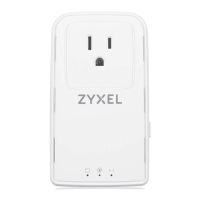
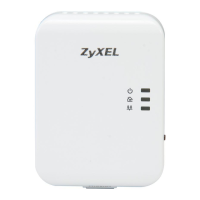
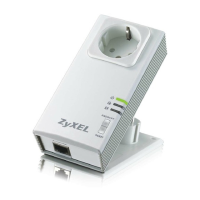
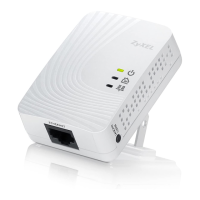
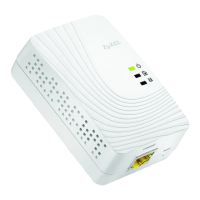
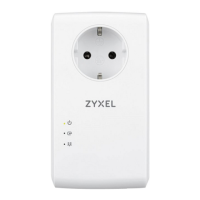
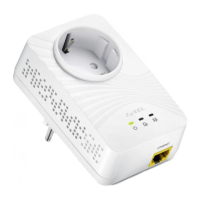

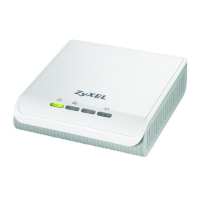

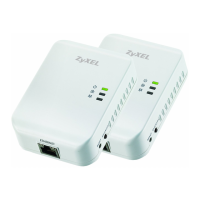
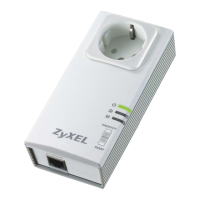
